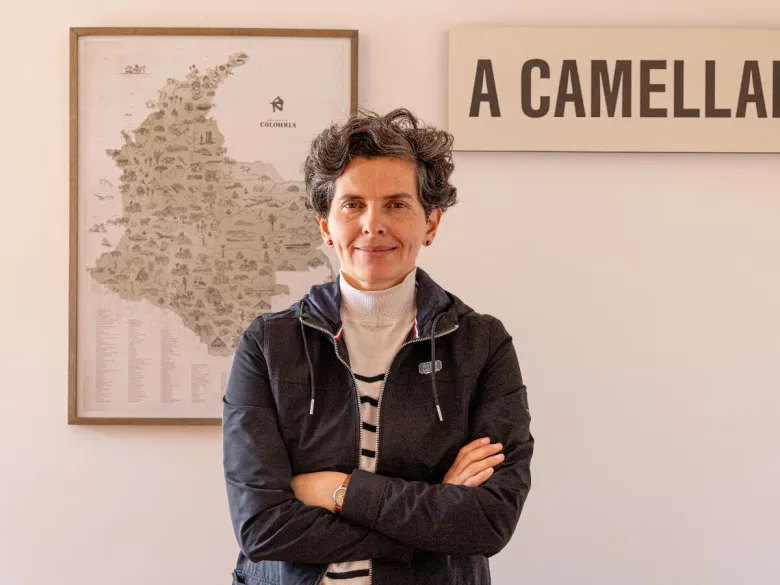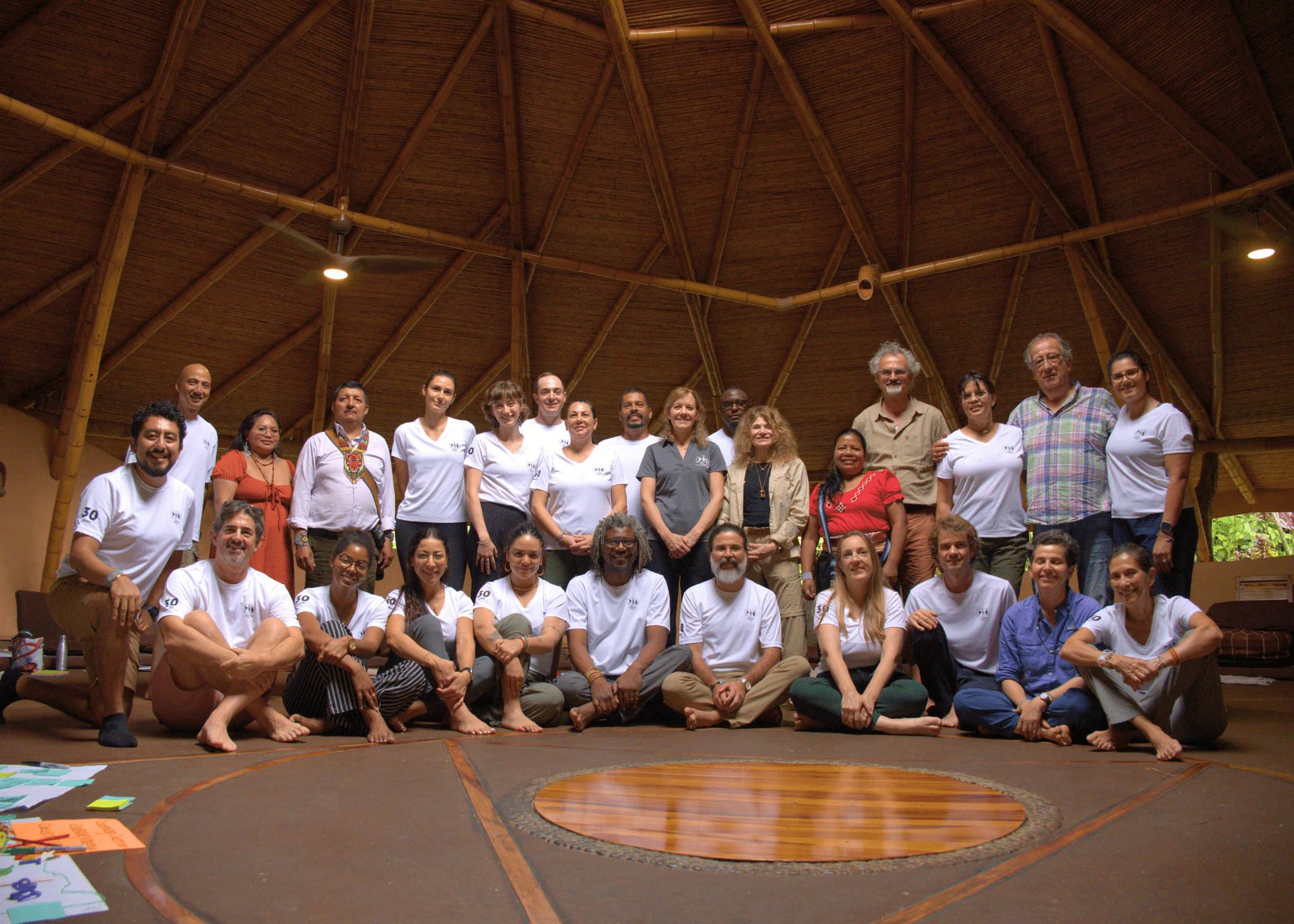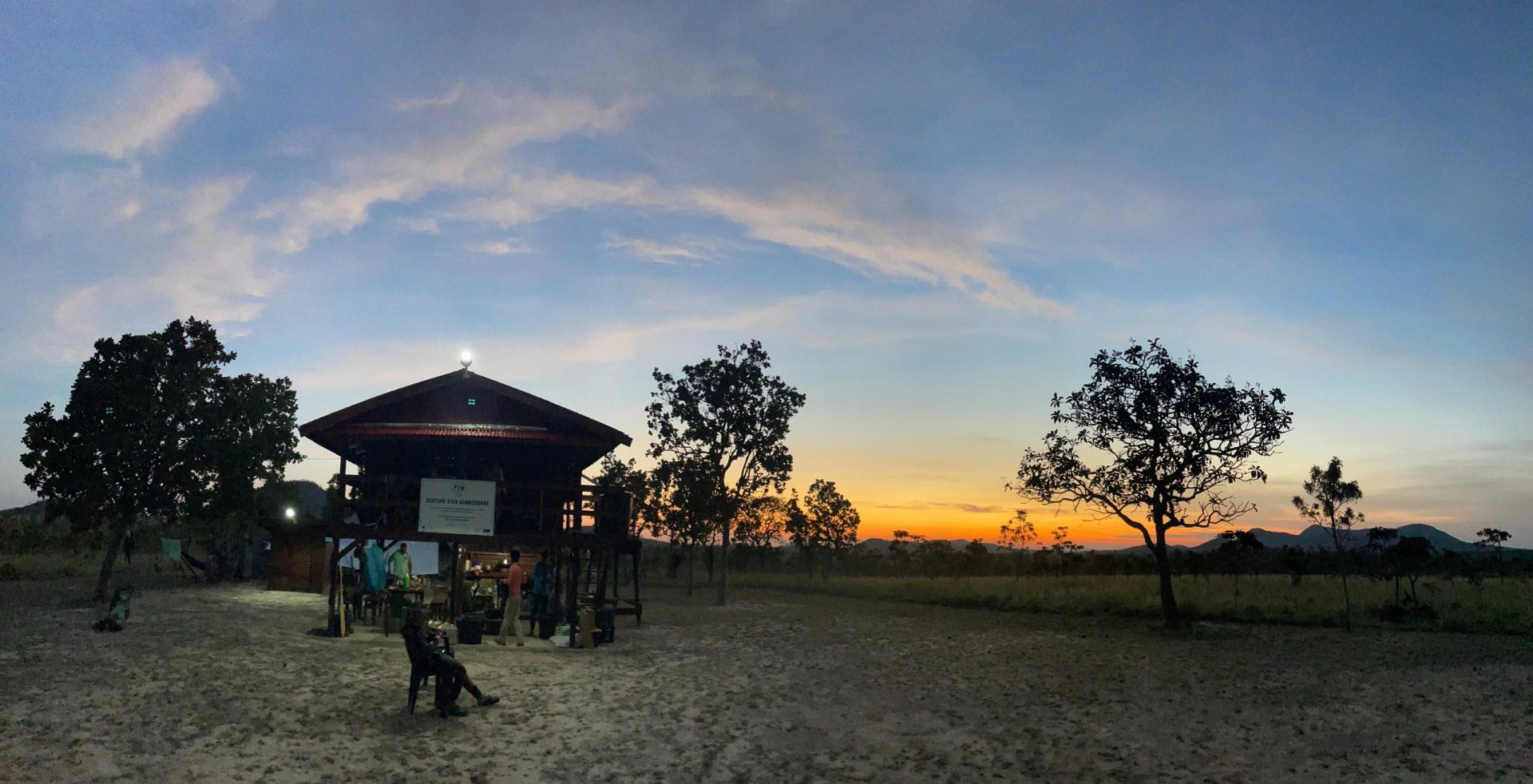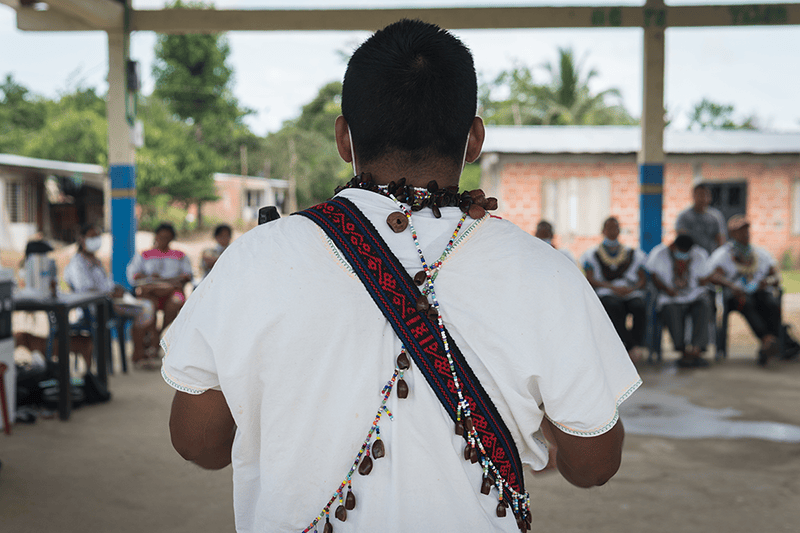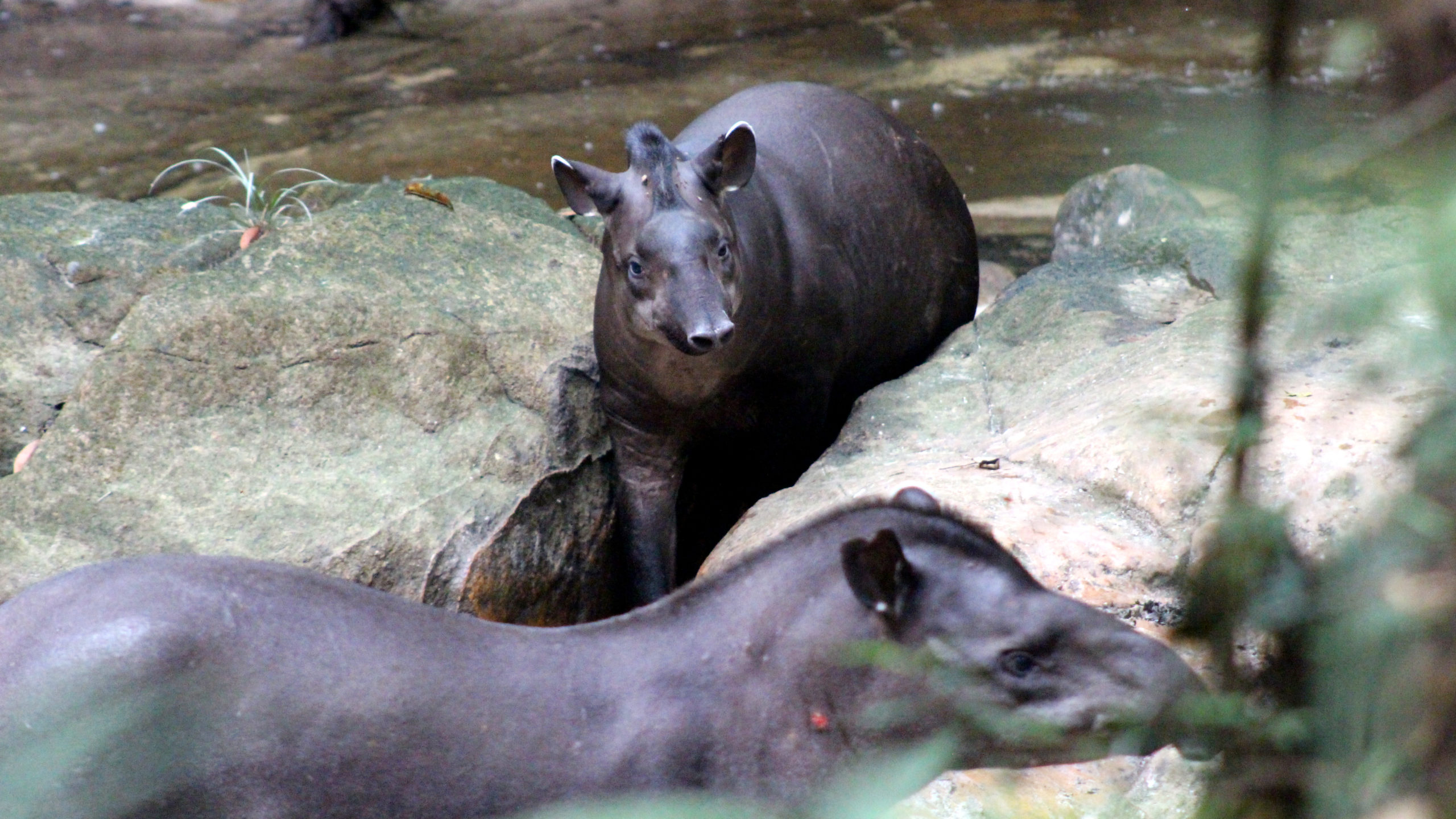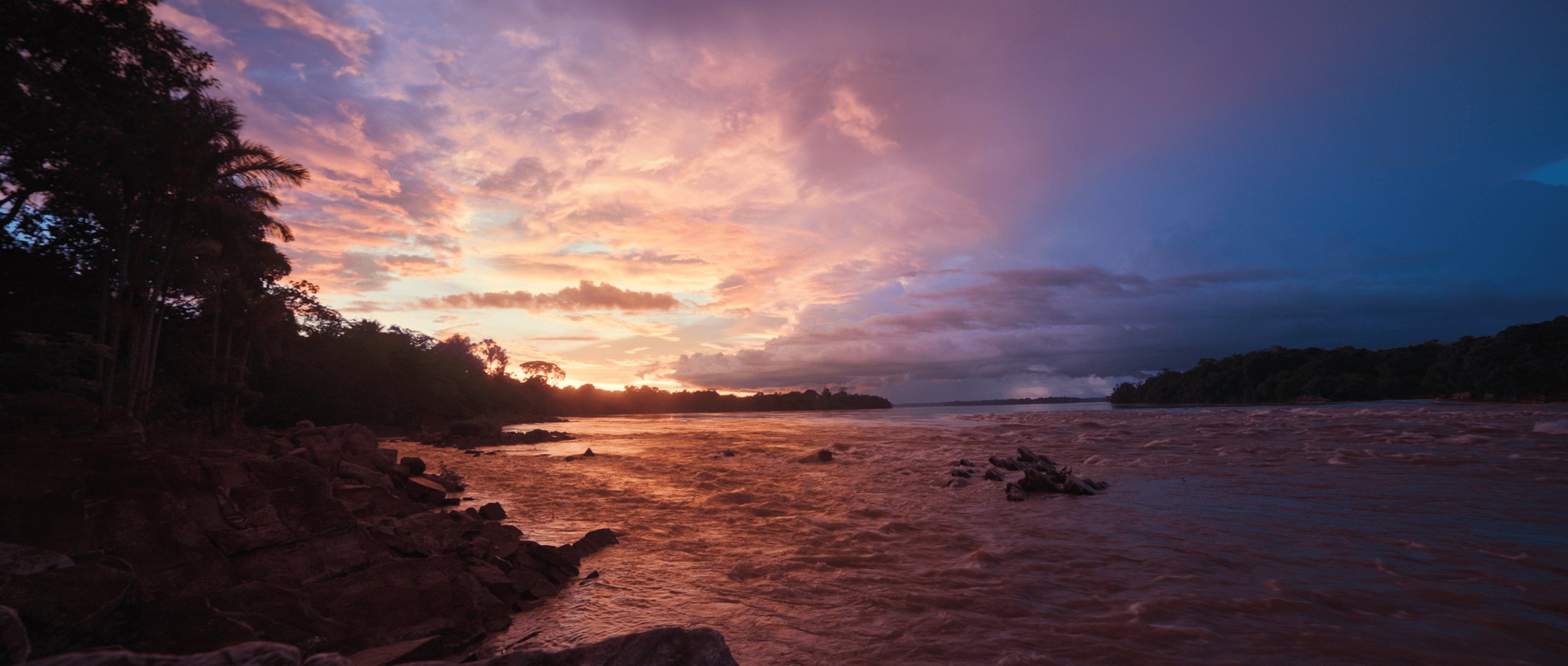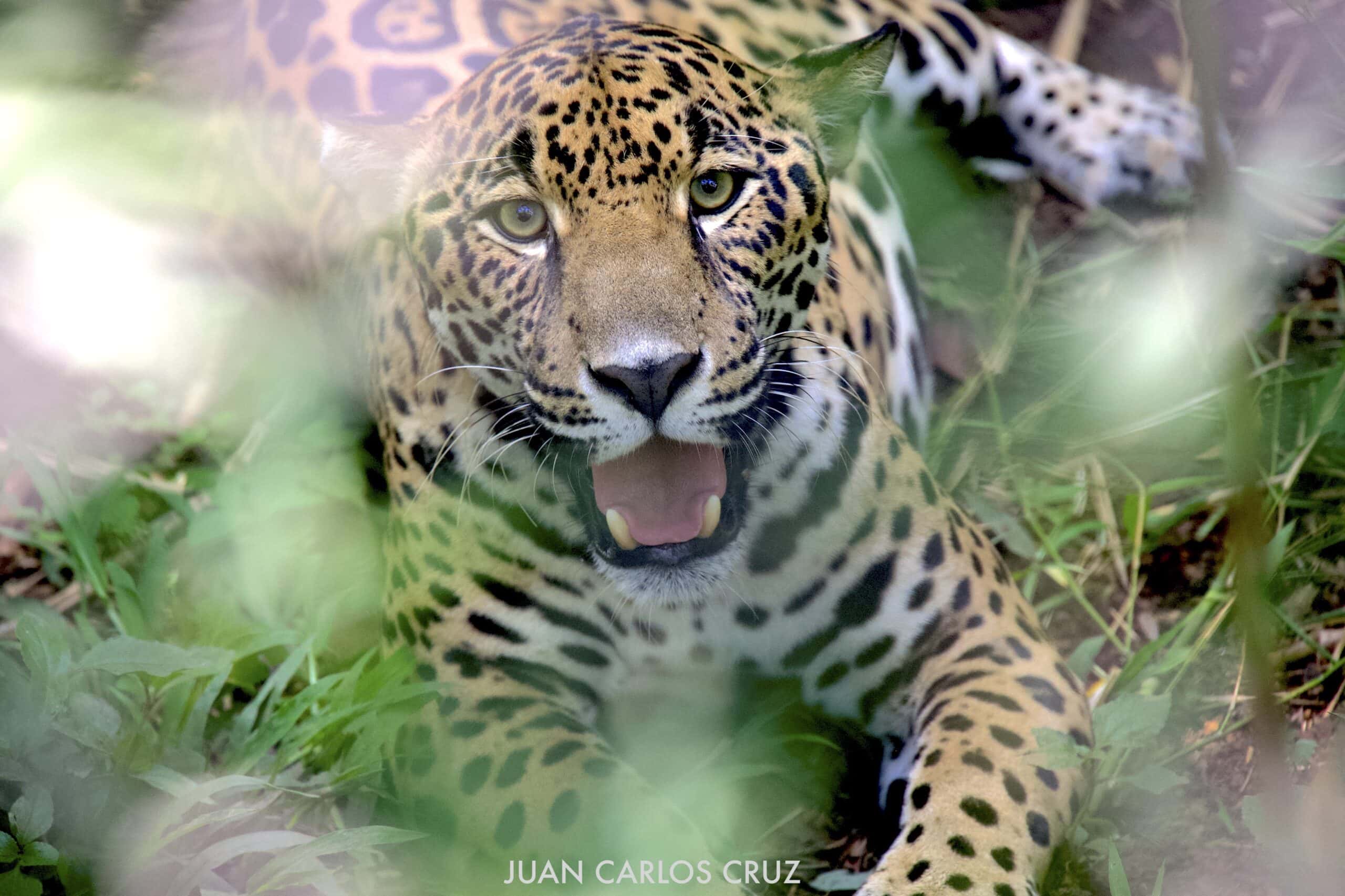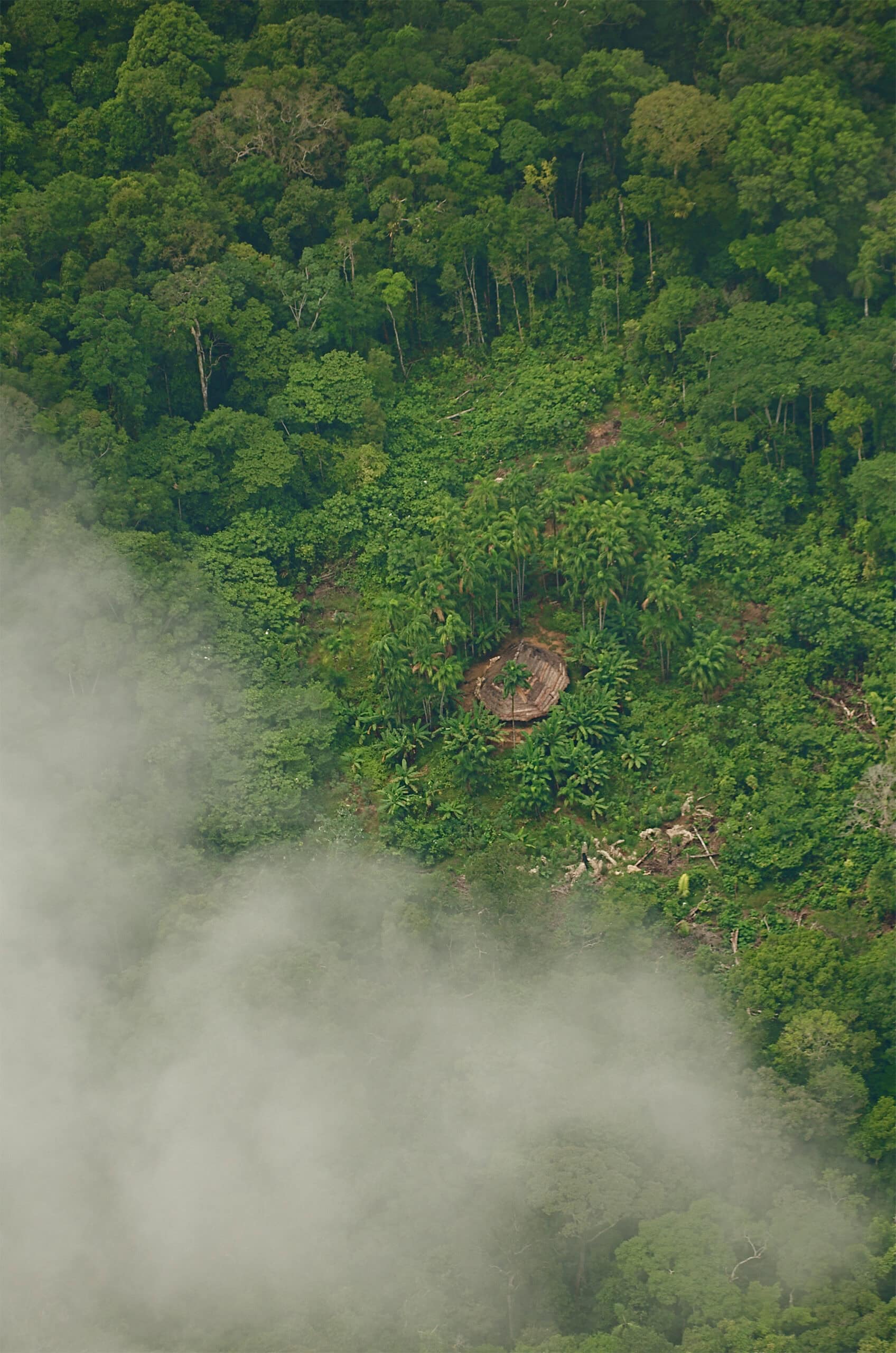Posts Tagged ‘Amazon conservation team’
Solving the problems of the Amazon will require serious commitments at COP30
Carolina Gil, regional director for the Amazon Conservation Team, wrote the following op-ed, published in the Colombian digital news outlet La Silla Vacía (“The Empty Chair”). The original, Spanish version of the piece can be found here. The Amazon is not just a territory that must be preserved, but a vital system that sustains the climatic,…
Read MoreCosta Rica Gathering 2025: Honoring 30 Years and Building ACT’s Future
From October 20 to October 22, 2025, ACT members from the USA, Brazil, Colombia, Costa Rica, and the Guianas gathered in Costa Rica for a transformative event. Joined by board members, donors, guests, and Indigenous partners — María del Rosario “Charito” Chicunque, Pablo Chindoy, and Marinete Tukano — the gathering focused on strategic conversations to align ACT around its next chapter while…
Read MoreMusician Cimafunk Teams Up With the Amazon Conservation Team
The Amazon Conservation Team (ACT) is proud to announce Afro-Cuban musician Cimafunk has joined the organization as an official ambassador. In this role, the internationally acclaimed artist will help spotlight the work ACT is doing to protect the Amazon rainforest and support Indigenous and local communities across South America. Cimafunk, a Grammy-nominated musician whose genre-defying…
Read MoreTraining Community Rangers to Protect the World’s Greenest Country
At the airport in Suriname’s capital city, travelers are greeted by a sign beneath a vibrant photo of frogs, parrots, and other rainforest creatures. It reads: “Welcome to Suriname: The most forested country in the world.” Tucked on the northeastern edge of South America, the former Dutch colony is the continent’s smallest country by both…
Read MoreColombia Embraces Indigenous Health as National Policy
Last month, in a historic act, Colombia’s national government formally adopted the Indigenous Intercultural Health System (SISPI) as national public policy by signing Decree 480. The President signed the decree alongside representatives from the Minga Indigena and other organizations from across Colombia. Indigenous organizations, Colombia’s Ministry of Health, and other state entities worked together for…
Read MoreChristian Science Monitor Highlights Landmark Protection of Isolated Indigenous Territory in Colombia
The Amazon Conservation Team (ACT) was recently highlighted in The Christian Science Monitor’s Points of Progress column for its role in a landmark conservation and human rights victory in Colombia. The article celebrates the official recognition of 2.7 million acres as off-limits to development and human contact, safeguarding the isolated Yuri-Passé people. ACT was recognized…
Read MoreMeet the Amazon Tapir: The Rainforest’s Gentle Giant
Every April 27, we celebrate World Tapir Day—a chance to shine a spotlight on one of the Amazon’s most unique and underappreciated animals: the tapir. Often described as a cross between a pig and an anteater, the Amazon tapir (also known as the South American tapir or lowland tapir) is neither. In fact, its closest…
Read More“Intangible Zone” Documentary Highlights the Protection of Isolated Indigenous Peoples
Discover the upcoming documentary Intangible Zone, focusing on the protection of the isolated Yuri-Passé people in the Colombian Amazon. Directed by Greg Méndez López, this film highlights the importance of safeguarding Indigenous cultures and the Amazon ecosystem. Join the sneak preview screening with insights from the director and experts.
Read MoreThe Jaguar: Guardian of the Amazon
In the heart of the Amazon rainforest, one elusive and powerful creature reigns supreme—the jaguar. Known as el tigre in much of South America, the jaguar is more than just an apex predator. Jaguar conservation in the Amazon is essential for the health and resilience of Amazonian ecosystems. The jaguar is also a sacred being…
Read MoreColombia Makes History: Legal Protection for Indigenous Peoples in Isolation
Colombia Makes History: Legal Protection for Isolated Indigenous peoples in Colombia In a groundbreaking move, the Colombian government has taken an unprecedented step to protect Indigenous Peoples Living in Isolation by defining their territory—with Indigenous allies, the Amazon Conservation Team (ACT), and a coalition of partner organizations playing central roles in fostering this historic resolution. Indigenous…
Read More

